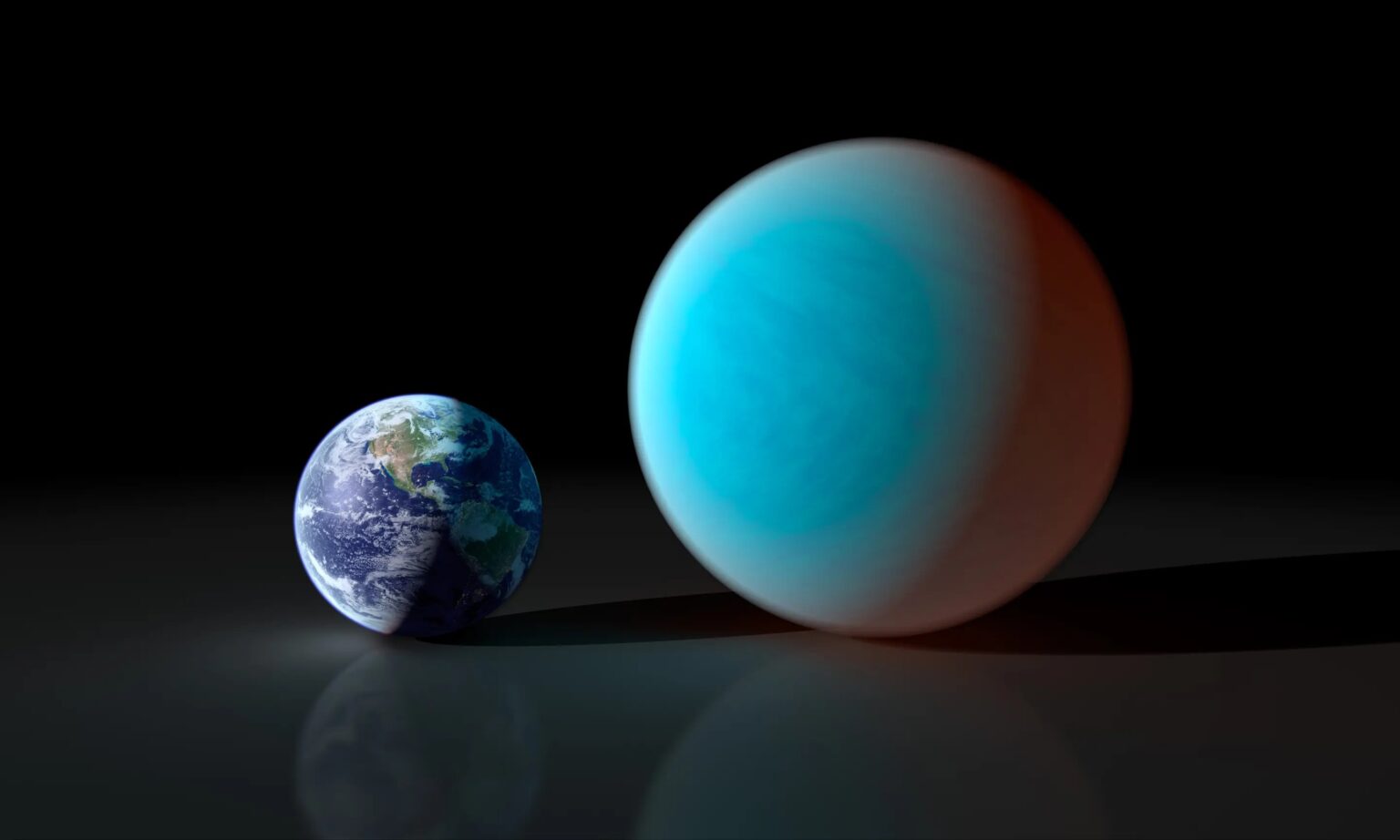Scientists working with the TESS space telescope have discovered a mini-Neptune. It orbits the star TOI-4438, a red dwarf that is located 98 light-years away. The radius of the planet is 2.5 times that of the Earth.

Discovery of new exoplanets using the TESS telescope
An international team of astronomers announces the discovery of a new exoplanet. It is a mini-Neptune orbiting a relatively small star. The newly discovered extraterrestrial world, designated TOI-4438 b, is about 2.5 times larger than Earth.
NASA’s Transiting Exoplanet Survey Satellite (TESS) has discovered more than 7,000 candidate exoplanets (TESS’s Objects of Interest, or TOI), of which 417 are currently confirmed. Since its launch in April 2018, the satellite has been conducting research on about 200,000 of the brightest stars in the vicinity of the Sun to search for transiting exoplanets — rocky bodies or gas giants that occasionally pass between their luminary and us.
The so-called mini-Neptunes are exoplanets with a radius of 1.8 to 4 Earth radii. In general, they are distributed around M-type dwarf stars and are assumed to have a hydrogen-dominated atmosphere.
Now a group of astronomers led by Elisa Goffo from the University of Turin in Italy has discovered a new world of this type. The transit signal was identified in the light curve of TOI-4438 (or G 182-34), a dwarf of spectral type M3.5 V located about 98 light years away from us. The planetary nature of this signal was confirmed by further spectroscopic and photometric observations.
Parameters of the discovered planet
TOI-4438 b has a radius of 2.52 Earth radii, whereas its mass is approximately 5.4 Earth masses, which gives a density of 1.85 g/cm3. The planet orbits its parent star every 7.44 days at a distance of about 0.05 AU from it. The equilibrium temperature of TOI-4438 b is estimated at 435 K.
Based on the collected data, astronomers conclude that TOI-4438 b is a volatile-rich mini-Neptune with a relatively high minimum mass fraction of water — 46%. They add that the planet most likely has a hydrogen-helium atmosphere mixed with molecules such as water, carbon dioxide and methane.
Given that TOI-4438 b has a high transmission spectroscopy metric, it is one of the most suitable targets for determining atmospheric characteristics using the James Webb Space Telescope.
As for the parent star TOI-4438, it is about three times smaller than the Sun in size and mass. The age of the star is estimated at 5.1 billion years, its effective temperature is about 3422 K, and its metallicity is about -0.19 dex.
According to phys.org
Follow us on Twitter to get the most interesting space news in time
https://twitter.com/ust_magazine


